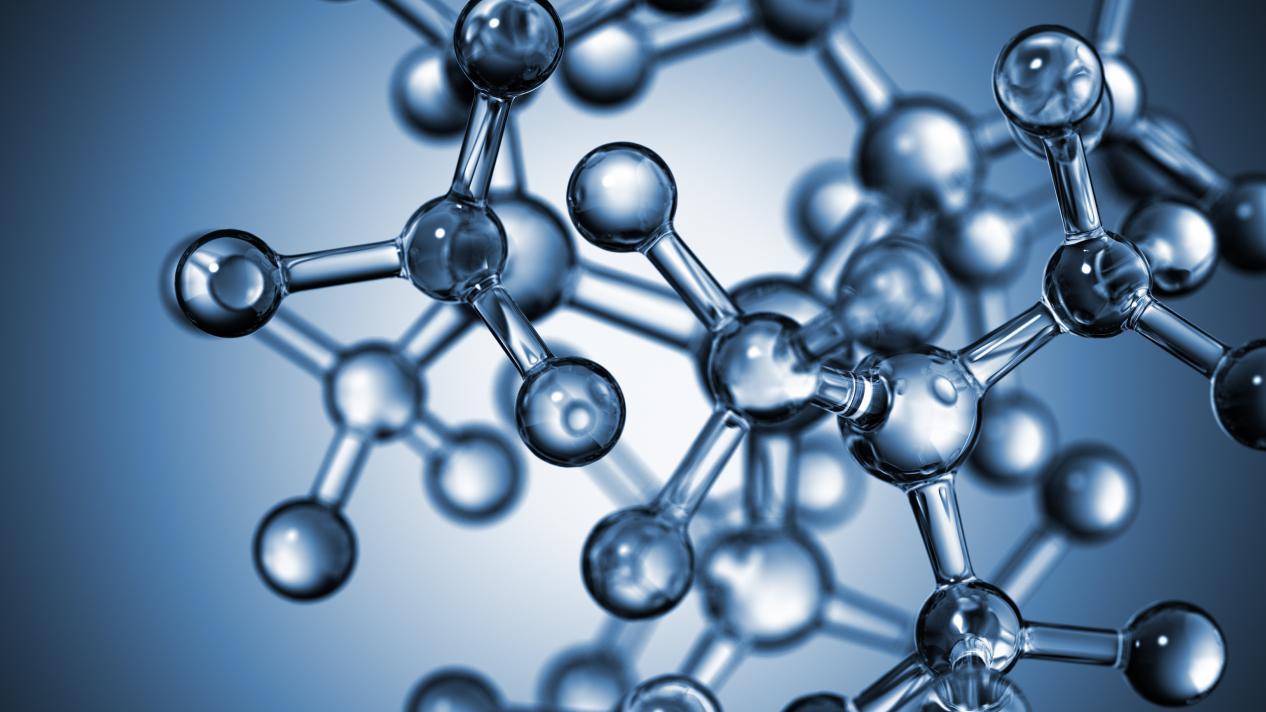For ease of application, polymeric monomers are usually classified into three main categories: hard monomers, soft monomers and functional monomers. Methyl methacrylate (MMA), styrene (ST), and acrylic eye (AN) are the most commonly used hard monomers, while ethyl acrylate (EA), butyl acrylate (BA), and isooctyl acrylate (2-EHA) are the most commonly used soft monomers.
Long-chain acrylic acid and methacrylic esters (such as lauryl and octadecyl esters) have better alcohol resistance and water resistance.
Functional monomers are acrylates and methacrylates containing hydroxyl groups, and monomers containing carboxyl groups are acrylic acid and methacrylic acid. The introduction of hydroxyl groups can provide functional groups for solvent-based resins with polyurethane curing agents and amino resins for cross-linking. Other functional monomers are: acrylamide (AAM), hydroxymethylacrylamide (NMA), diacetone acrylamide (DAAM) and ethyl acetoacetate methacrylate (AAEM), glycidyl methacrylate (GMA), dimethylaminoethyl methacrylate (DMAEMA), vinyl siloxanes (such as vinyltrimethoxysilane, vinyltriethoxysilane Vinyl tri(2-methoxyethoxy) silane, vinyl triisopropoxy silane, γ-methyl propionyloxypropyl trimethoxysilane, γ-methyl propionyloxypropyl tri(β-trimethoxyethoxy silane) monomer, etc. The amount of functional monomer is generally controlled at 1%~6% (mass ratio), not too much, otherwise it may affect the storage stability of resin or paint. Vinyl triisopropoxysilane monomer due to isopropyl site-blocking effect, Si-O bond hydrolysis slower, the amount can be increased to 10% in emulsion polymerization, which is conducive to improving the water resistance of emulsions, weathering and other properties, but its price is higher. Emulsion polymerization monomer, diacetone acrylamide (DAAM), ethyl acetoacetate methacrylate (AAEM) need to be used with the end of polymerization plus hexanediyl dihydrazide, hexanediamine compound, water evaporation can be in the macromolecular chain bridge between the formation of cross-linked film.
Carboxyl monomer containing acrylic acid and methacrylic acid, the introduction of carboxyl groups can improve the resin to the color, filler wettability and adhesion to the substrate, and with the epoxy group has the reactivity, the curing of amino resins have catalytic activity. The carboxyl content of the resin is commonly used acid value (A.V.), that is, the number of milligrams of KOH required to neutralize 1g resin, unit mgKOH/g (solid resin), the general A.V. control at about 10mgKOH/g (solid resin), polyurethane system, A.V. a little lower, amino resin with A.V. can be larger, to promote cross-linking.

When synthesizing hydroxy acrylic resin, the type and amount of hydroxyl monomer have an important influence on the resin performance. The hydroxy acrylic acid component of two-component polyurethane system is commonly used as a primary hydroxyl monomer: hydroxyethyl acrylate (HEA) or hydroxyethyl methacrylate (HEMA); the hydroxy acrylic acid component of amino baking paint is commonly used as a secondary hydroxyl monomer: acrylic acid-β-hydroxypropyl ester (HPA) or methacrylic acid-β-hydroxypropyl ester (HPMA). The activity of the monomer is higher, and the hydroxypropyl resin synthesized by it is used as the hydroxyl component of the amino baking lacquer, which affects the storage of the lacquer, can
choose the secondary hydroxypropyl monomer. In recent years, there are some new hydroxyl monomers, such as acrylic acid or hydroxybutyl methacrylate, hydroxyethyl methacrylate and ε-caprolactone addition (1:1 or 1:2 mol ratio, Dow Chem Company). The resins synthesized by the addition of hydroxyethyl methacrylate and ε-caprolactone have lower viscosity, and a good balance of hardness and flexibility can be achieved. In addition, the introduction of hydroxyl groups at the end of the macromolecular chain by hydroxyl-type chain transfer agents (such as mercaptoethanol, mercaptopropanol, and 2-hydroxyethyl mercaptopropionate) improves the distribution of hydroxyl groups, increases the hardness, and narrows the molecular weight distribution, reducing the viscosity of the system.
To improve the ethanol resistance to introduce styrene, acrylate and methacrylic acid advanced alkyl esters to reduce the ester group content. Both can be considered to balance the weatherability and ethanol resistance. Methacrylic acid advanced alkyl esters are lauryl methacrylate, octadecyl methacrylate, etc., these monomers mainly rely on imports.
C resins for coatings are often copolymers, and their copolymerization activity must be considered when choosing monomers. Due to different monomer structure, copolymerization activity is different, copolymer composition with monomer mixture composition is usually different, for binary, terpolymerization, they can be related through the copolymer composition equation. For more diverse copolymers, there is no good correlation equation available, only through experimental studies, specific analysis of specific problems. In practice, monomer mixture "starvation" feeding method (i.e. monomer feeding rate < copolymerization rate) is generally used to control copolymer composition. In order to make copolymerization smoothly, copolymerization with a mixture of monomer polymerization rate should not be too different, such as styrene with vinyl acetate, vinyl chloride, propylene eye difficult to copolymerize. Must be copolymerized with a large difference in activity monomer, you can add a monomer for the transition, that is, adding a monomer, and the monomer with other monomer polymerization rate is relatively close to the copolymerization of good, styrene and acrylate is difficult to copolymerize, adding acrylate monomer can improve their copolymerization.

Translated with www.DeepL.com/Translator (free version)
If there is no value of polymerization rate, the Q and e value of monomer can be used to calculate the polymerization rate, or directly use Q and e to simply evaluate the copolymerization activity, the general copolymerization monomer Q value can not be too different, otherwise it is difficult to copolymerize; when the e value is different, it is easy to alternate copolymerization, some difficult to copolymerize monomer by adding intermediate Q value of monomer, can improve the copolymerization performance.
Monomer selection should also pay attention to the size of the monomer toxicity, the general acrylate toxicity is greater than the toxicity of the corresponding methacrylate, such as methyl acrylate toxicity is greater than the toxicity of methyl methacrylate, in addition to the toxicity of ethyl acrylate is also greater.
Translated with www.DeepL.com/Translator (free version)

Post time: Aug-22-2021

